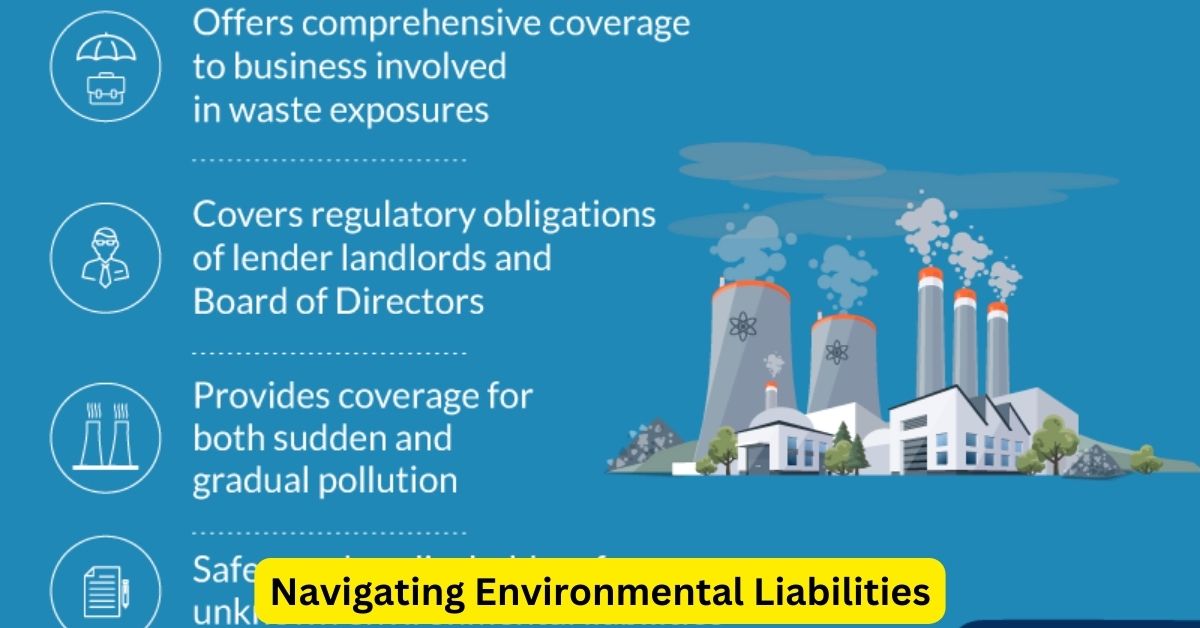In an era of increasing environmental awareness and regulation, businesses are more vulnerable than ever to the financial impacts of environmental liabilities. From pollution to hazardous waste, the risks associated with environmental issues can have severe legal, financial, and reputational consequences. Environmental liability insurance is a crucial tool for mitigating these risks and ensuring that businesses can manage the complexities of environmental regulations.
What is Environmental Liability Insurance?
Environmental liability insurance is designed to cover the costs associated with environmental damage caused by a business’s operations. This type of insurance helps protect against financial losses related to cleanup costs, legal fees, and other expenses arising from environmental claims. It serves as a safety net for businesses facing environmental liabilities, offering coverage for both sudden incidents and gradual pollution.
Key Components of Environmental Liability Insurance
- Cleanup Costs: One of the primary expenses covered by environmental liability insurance is the cost of cleaning up pollution or hazardous materials. This includes both on-site and off-site cleanup, ensuring that businesses can address contamination without bearing the full financial burden.
- Legal Defense and Settlements: Businesses facing environmental claims often incur significant legal costs. Insurance can cover expenses related to legal defense, including attorney fees and court costs, as well as settlements or judgments resulting from lawsuits.
- Regulatory Fines and Penalties: Environmental regulations are stringent, and violations can result in hefty fines. Environmental liability insurance may cover some or all of these fines, depending on the policy’s terms and conditions.
- Third-Party Claims: In addition to regulatory actions, businesses may face claims from third parties, such as neighboring properties or affected individuals. Insurance can provide coverage for these claims, including compensation for damages or losses suffered by others due to environmental issues.
- Business Interruption: Environmental incidents can disrupt business operations, leading to lost income. Some policies offer coverage for business interruption losses, helping businesses recover financially while addressing environmental concerns.
Why Your Business Needs It
Environmental liabilities can pose significant risks, especially for industries such as manufacturing, construction, and waste management. The costs associated with managing and mitigating these risks can be substantial, and without proper insurance, businesses may struggle to cope with the financial impact. Environmental liability insurance provides essential protection, enabling businesses to address environmental issues effectively and minimize their financial exposure.
Choosing the Right Policy
When selecting environmental liability insurance, businesses should consider their specific risks and regulatory requirements. Factors such as the nature of operations, geographic location, and the potential for environmental impact play a role in determining the appropriate coverage. Working with an insurance broker experienced in environmental risks can help businesses find a policy that meets their needs and provides comprehensive protection.
Conclusion
In a world where environmental concerns are at the forefront of regulatory and public attention, environmental liability insurance is a vital safeguard for businesses. It offers crucial protection against the financial repercussions of environmental incidents, allowing businesses to operate with confidence and responsibility. By investing in environmental liability insurance, companies can manage their risks effectively and contribute to a more sustainable future.

